Paris: la visite d’art – Exhibition 3: Salvador Dalí

I have waited my whole life for the latest retrospective blockbuster at Paris’ Pompidou Centre – or at least the whole of my life since the momentous day when I first cast my eyes upon the work of Catalan artistic genius, Salvador Dalí. It was, I believe, his melting clocks, a painting which I first saw when the headmistress of my primary school showed us some projected images of the world’s most famous paintings. It was a defining moment of my life. In that collection was Monet’s garden, Van Gogh’s sunflowers and Dalí’s melting clocks. And ever since, I was hooked – hooked on art, but most of all, on the mysterious, unsettling, iconically surreal world of Salvador Dalí.
When you think of Dalí, you of course think of those clocks, of ants and eggs, crutches and long-legged elephants, Venus de Milo turned into a cabinet of draws, figures fragmenting like an atomic explosion, optical illusions, the lobster on a phone, barren landscapes and long dark shadows. It’s an incredible list of characteristics which Dalí made his own through images which have become so well known across the globe that there can be no doubting Dalí’s self-proclaimed accolade – that he was a genius. His paintings are so brilliantly executed down to the tiniest detail that the mind honestly boggles. The extent of his imagination is almost enough to make the brain implode, and yet when faced with his paintings composed with such faultless artistic skill, you cannot help but roam the canvas with your eyes hungrily, sucking in every exquisite detail, exploring the multi-layered imagery and baulking and the sheer audaciously brilliant output of this creative prodigy.
Sadly, up until now, my love for Dalí has been lived out largely through the fair few catalogues I have of his work. I’ve taken in every detail of the four Dalí’s owned here in London by Tate on countless occasions, and done the same with the fairly comprehensive collection of the Reina Sofia in Madrid. I’ve visited Montmartre’s Espace Dalí on numerous occasions, but found it to be largely lacking in paintings, and I’ve been to a few surrealism-based shows in London in which one or two canvases have featured. But I have often bemoaned the lack of Dalí paintings in Europe and I have longed for an exhibition when many would come together.
 The Pompidou have answered my prayers. This Dalí retrospective is nothing short of stunning. It is one of the best if not the best exhibition I have ever been to. The show isn’t a peripheral tribute to Dalí, but a comprehensive exploration of his entire career featuring an incredible 120 paintings all in one place, as well as sketches, sculptures, a recreation of his famous red-lipped sofa Mae West room and other paraphernalia. I was in heaven. The show’s curators appear to have acquired all of the works from Tate, and all those owned by the Reina Sofia, but most importantly of all, the exhibition brings together a huge collection of works which are hiding away over in the Dalí museum in St Petersburg, Florida, whose collection alone comprises some 96 paintings, and, most brilliantly of all, the globally recognised melting clocks themselves, all the way over from New York. Could this show get any better?
The Pompidou have answered my prayers. This Dalí retrospective is nothing short of stunning. It is one of the best if not the best exhibition I have ever been to. The show isn’t a peripheral tribute to Dalí, but a comprehensive exploration of his entire career featuring an incredible 120 paintings all in one place, as well as sketches, sculptures, a recreation of his famous red-lipped sofa Mae West room and other paraphernalia. I was in heaven. The show’s curators appear to have acquired all of the works from Tate, and all those owned by the Reina Sofia, but most importantly of all, the exhibition brings together a huge collection of works which are hiding away over in the Dalí museum in St Petersburg, Florida, whose collection alone comprises some 96 paintings, and, most brilliantly of all, the globally recognised melting clocks themselves, all the way over from New York. Could this show get any better?
The exhibition starts with an egg – a large egg which forms an entrance to the first gallery and whose pounding heartbeat could be heard all the way down the corridor of the Pompidou’s 6th floor. It was like the warm up to a mega-star’s pop-concert, as the audience is whipped up into a frenzy in anticipation of the great star’s arrival onto the concert stage. And appropriately so, for there is no greater star of the artistic world, in my opinion, than Salvidor Dalí, and at the Pompidou, the stage was truly set.
The show is split up thematically with a roughly chronological ordering. It starts with Dalí’s early works, where you can see him exploring a number of styles from figurative portraiture to cubism, as well as mixed media painting and impressionism, before settling, around 1926-7, on his characteristic surreal style. The start of it appears to be Dalí’s obsession with putrefaction, which was often the subject of correspondence with his then bromance buddy, Federico Garcia Lorca, and led to Dalí painting Little Ashes, which appears to be one of his most significant forays into a form of surrealist expression. From that moment onwards, Dalí is prolific in his surrealist output, quickly developing a use of icons such as the crutch and the ants, which would crop up in paintings throughout his career, as well as the use of optical illusion and dream-like landscapes.
What struck me in this area of the exhibition was how brilliant Dalí was at fine detail. Some of his paintings weren’t much bigger than an iPad, and yet there was no compromise at all on the level of astonishing detail he managed to achieve. Take La Charette Fantome below – would you believe that this measures only around 8 inches across? And even the infamous melting clocks (The Persistence of Memory) is only around A4 in size, and yet includes masterfully executed cliffs and tiny little ants.
I was struck next by Dalí’s references to the great masters. Of particular note was his obsession with the painting Angelus by Jean-François Millet, which appears to present a fairly innocuous depiction of two potato pickers, one of whom appears to be offering a little prayer for a good potato crop. This painting inspired Dalí to produce a significant output of referential works, be it paintings framed like the figures or great curving organic rock forms erotically charged but still referencing the Angelus poses. Asides from Millet, other works also showed Dalí paying tribute to other Spanish great Velazquez with his reimagined Infanta work, as well as Vermeer.
Asides from his apparently bottomless stores of self-contained innovative ideas, Dalí was also very obviously influenced by the changing world around him, from the Second World War (he pokes fun at Hitler on a number of occasions) to the atomic explosion at Hiroshima.
Dalí was evidently inspired by the science behind the atom, and the separation of a single unit into numerous particles, and as his career moved onwards into the age of scientific advances and Cold War, his works become more and more complex, as huge visual illusions become interspersed with an atomisation and separation of the image into multiple particles. And should you doubt just how skilled Dalí was as a painter, just take a look at the works below, both following his idea of “Nuclear Mysticism” but also referencing architectural historical heritage and the Catholic faith which pervades many of Dalí’s works, especially those painted latterly in his career (although his faith is unclear – his Christ seen from above is one of the most innovative of crucifixion depictions, but his obsession with painting his wife Gala as the Virgin Mary makes me question the extent of his religious devotion).
I am at risk of writing a Dalí thesis, and while I have no doubt that this would be a thoroughly enjoyable use of my time, I risk the very likely consequence that I will be the only person to ever read it. I leave you with this one piece of advice: This show is a triumph, an exhibition of the age, and should be visited if at all possible by everyone who has an interest in the arts, or just want to be stunned by the talent of a genius of the 20th century. And obviously I am not the only one to think so – I have never seen queues like those mounted outside the Pompidou in my life. They made the queues for the Da Vinci blockbuster at London’s National Gallery look like a queue for the bus compared to this. Even those of us who had pre-booked tickets had to wait for 1hr 40 mins before we got in, and for those who did not have a ticket, queues of 4 hours were expected! But I cannot emphasise enought that it is so worth the wait and, unlike so many of the blockbusters in London, the crowds are carefully managed – once you get inside, you can actually move around the exhibition and see the paintings easily. So can you afford to miss the show of the century? A better question would be how many times can you return.
The Dalí retrospective at the Pompidou is on until 25 March 2013. I strongly recommend that you buy tickets in advance . The best you can get is a ticket for the whole day (there is no timed entry), and if you head along towards the end of the day, queues will be significantly minimised. However, if you miss it, I gather that the show will be moving to Madrid soon hereafter.
Related articles
- Paris: la visite d’art – Exhibition 1: Hopper (daily-norm.com)
- Paris: la visite d’art – Exhibition 2: Bohèmes (daily-norm.com)






































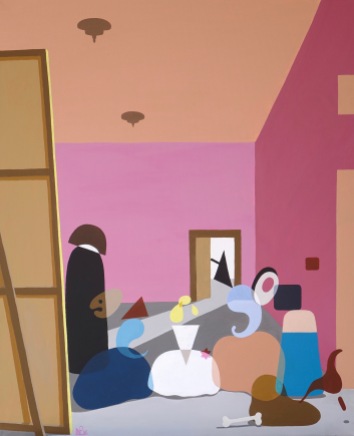





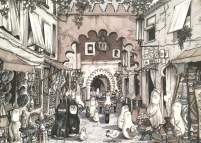






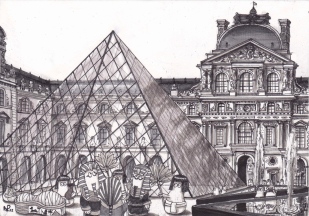








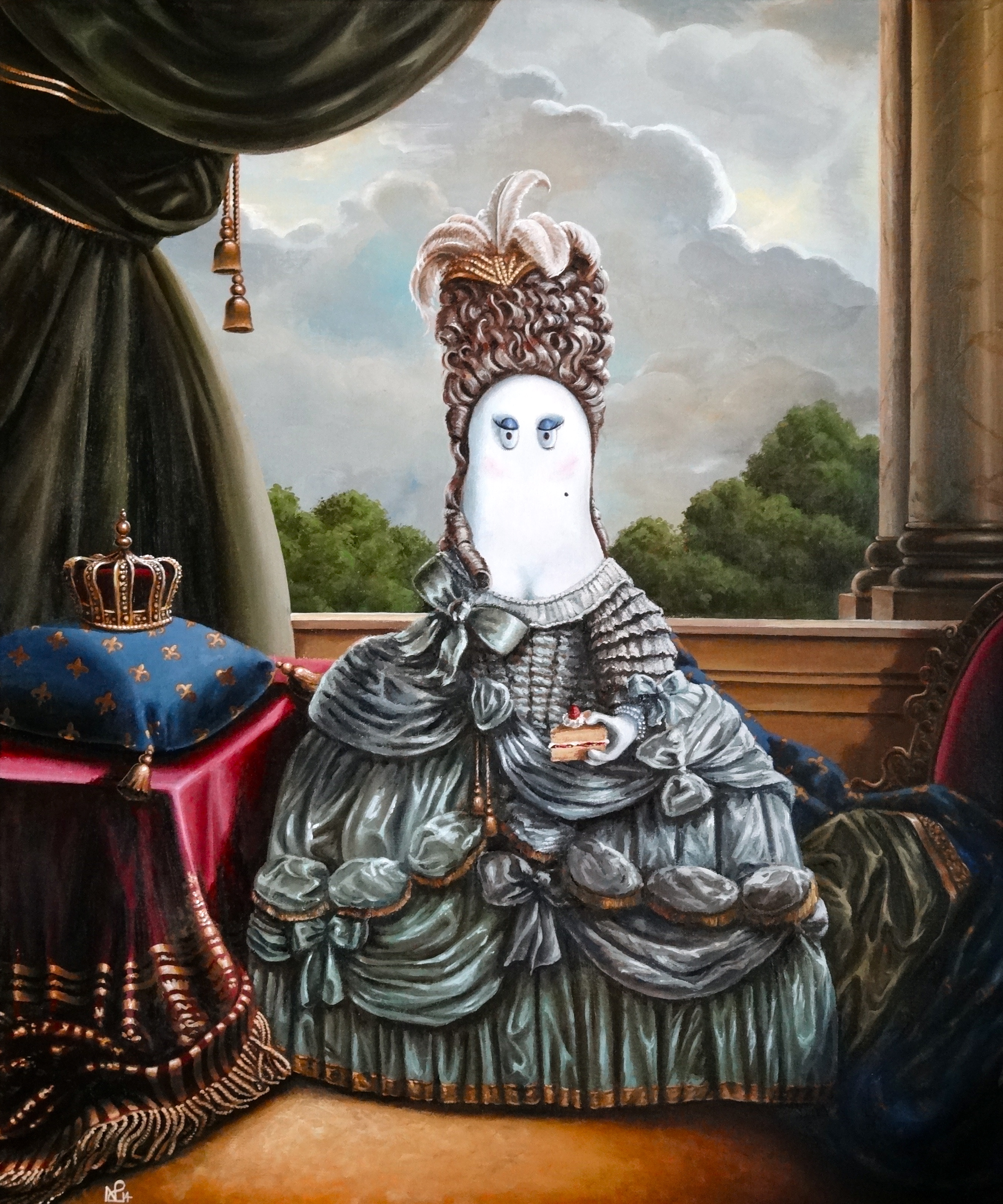
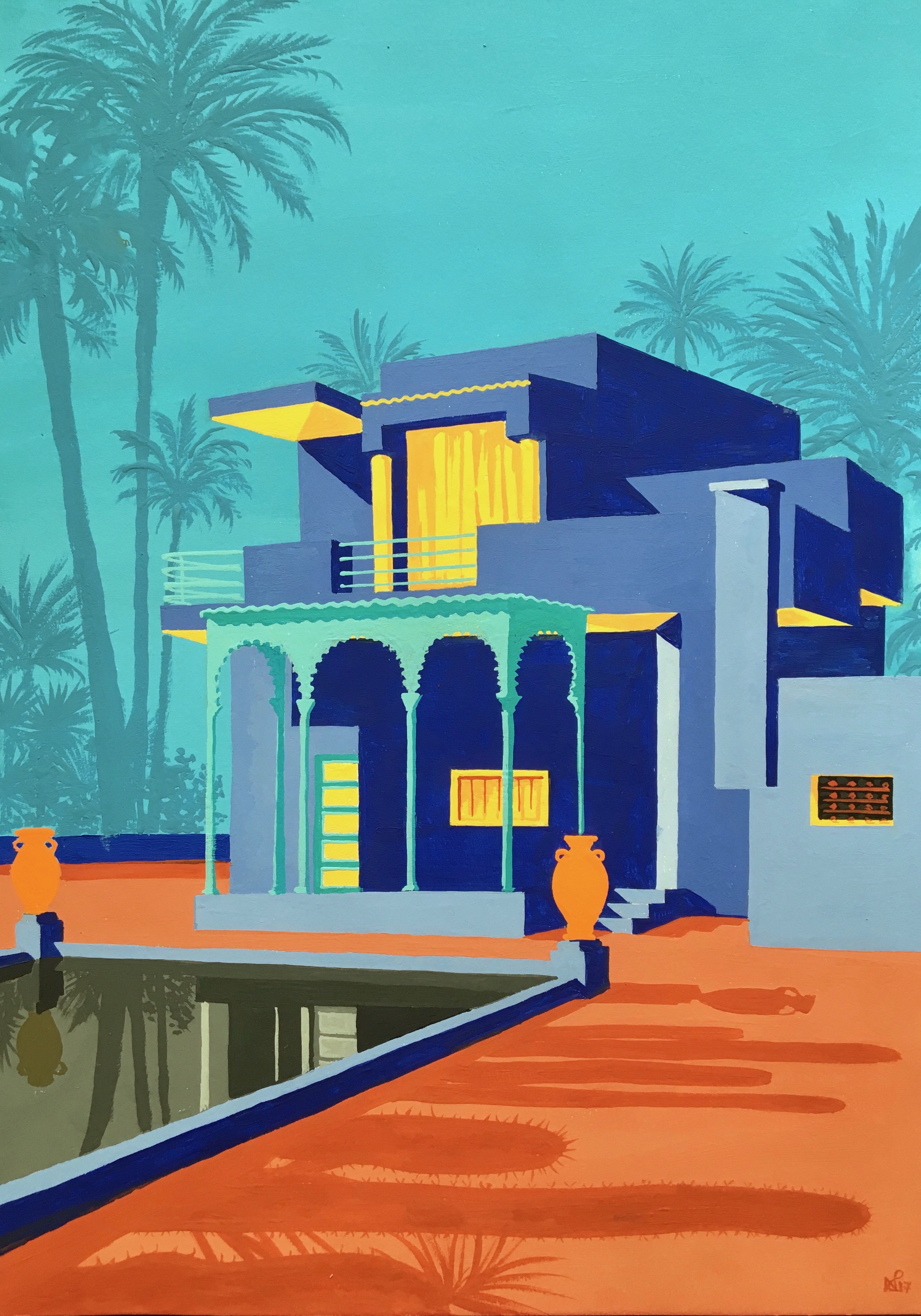
Amazing! I can feel the passion in your prose. So much about Dali that I didn’t know. I’m excited. Ruby’s 1st bday is the 26th March so perhaps we’ll see you in Paris around then for some cake, champagne and another dose of Dali?
“…the show of the century…” Dalí would have agreed with you.
Oh he surely would have! But one can’t blame him for realising the mastery of his talent when faced with those awe inspiring canvases. They’re so good they look almost digital! Thank you so much for your comments and regular readership. It means so much!
No one could blame him… and eventhough some people think it was a ‘pose’, I think he just knew how good he was.
Visiting your site is a pleasure, commenting flows from it.
Yay, i’m so happy for you as I know that he is a massive inspiration to you. They are quite breathtaking.. wicked and stunning! Your paintings also have the most incredible detail and quirky nature. The way you described the hunger when looking at his canvases is how i am with yours! There is always so much to see, and i often notice things i never saw before. Love it!
Oh you’re so lovely! He has always been a massive inspiration and I can only wish that I was as good as him. His brilliance of skill, his incredible imagination, can never be beaten in my view. I miss you! X
I “LOVE” the Dali! I cannot count how many times I have taken the tour in St. Petersburg! I share your passion!! I love it!!
I hope you don’t mind if I reblog your link on my reblog page?
Likewise I’d be more than happy for this to be reblogged. I’m so jealous you’ve been to the museum in St Petersburg… I’d never heard of it before! Clearly I have to make it a priority in the future!